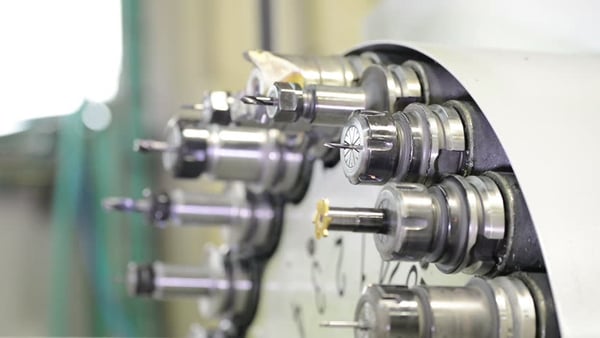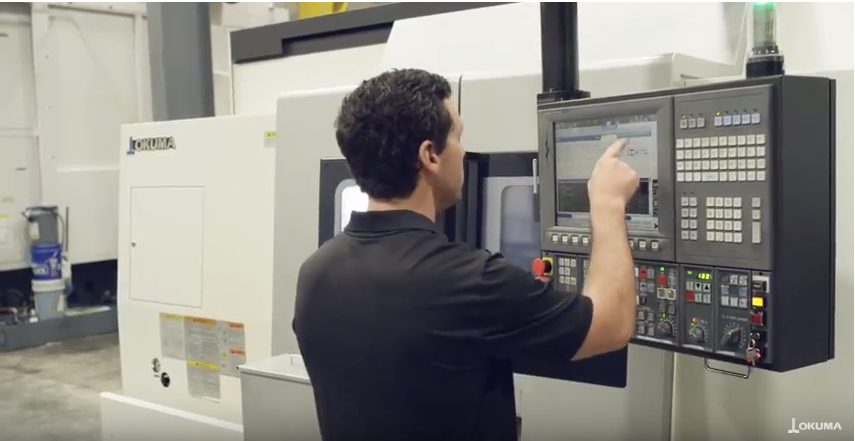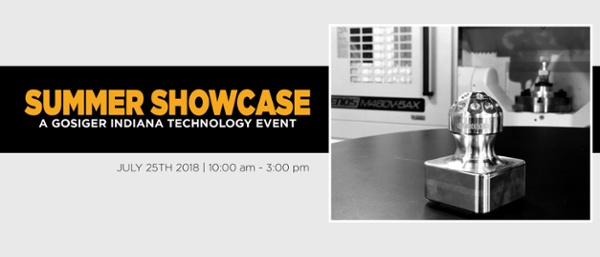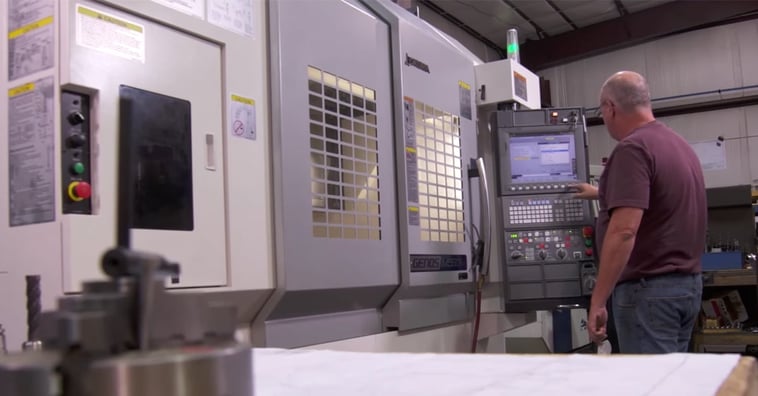
If the automatic tool changer on your Okuma vertical or horizontal milling machine suddenly stops in the middle of changing a tool, there’s a quick and easy way to solve the problem.

If the automatic tool changer on your Okuma vertical or horizontal milling machine suddenly stops in the middle of changing a tool, there’s a quick and easy way to solve the problem.

Gosiger personnel will be on hand in Okuma America’s IMTS booth 2018 (338500, South Hall) throughout the Show to introduce visitors to the latest CNC machining technologies including:
 Okuma CNC machines are respected the world over for quality, reliability and industry-leading manufacturing technology. Among the many reasons is the user-friendly OSP open source control system. The award-winning OSP Suite combines software applications with Okuma’s Intelligent Technologies including Thermo-Friendly Concept, Collision Avoidance System, Machining NAVI and 5-axis Auto Tuning System.
Okuma CNC machines are respected the world over for quality, reliability and industry-leading manufacturing technology. Among the many reasons is the user-friendly OSP open source control system. The award-winning OSP Suite combines software applications with Okuma’s Intelligent Technologies including Thermo-Friendly Concept, Collision Avoidance System, Machining NAVI and 5-axis Auto Tuning System.
 The many benefits of 5-axis machining include:
The many benefits of 5-axis machining include:

The 75-year-old, family owned business in this case study distributes testing equipment used by construction, laboratory, food service, pharmaceutical and other industries. A few years ago they decided to create a CNC shop within their facility to make a product of their own.
With 5-axis simultaneous machining, the Okuma MU-4000V enables manufacturers to produce complex, high-precision parts faster and with less operator involvement.
Customers often ask Gosiger applications engineers how to go beyond basic control functions to fit a particular situation. This video from Gosiger’s West Coast facility explains how to set up a home position at the end of a program on the Okuma OSP-P300 control. In this case, the customer didn’t want to use G30 P1 on the control because it delivers all 3 axes to the tool change position. The video shows how to set a new home position for only the Z-axis.
Using the BlueSwarf tap testing and dashboard to determine end mill cutting parameters, an Okuma GENOS M560V vertical machining center (VMC) is captured on video as it engages in various dynamic machining methods.
Additive manufacturing, AKA 3-D printing, is clearly becoming more viable in certain production situations. However, additive cannot replace conventional machining in all applications. In fact, the best way to harness the efficiencies of additive today may be to combine it with subtractive manufacturing. In this way, you gain the advantages of both technologies without being restricted to the limits of either method.
ISO, the International Organization for Standardization, establishes criteria that companies must meet to be certified as producing safe, reliable high quality products.